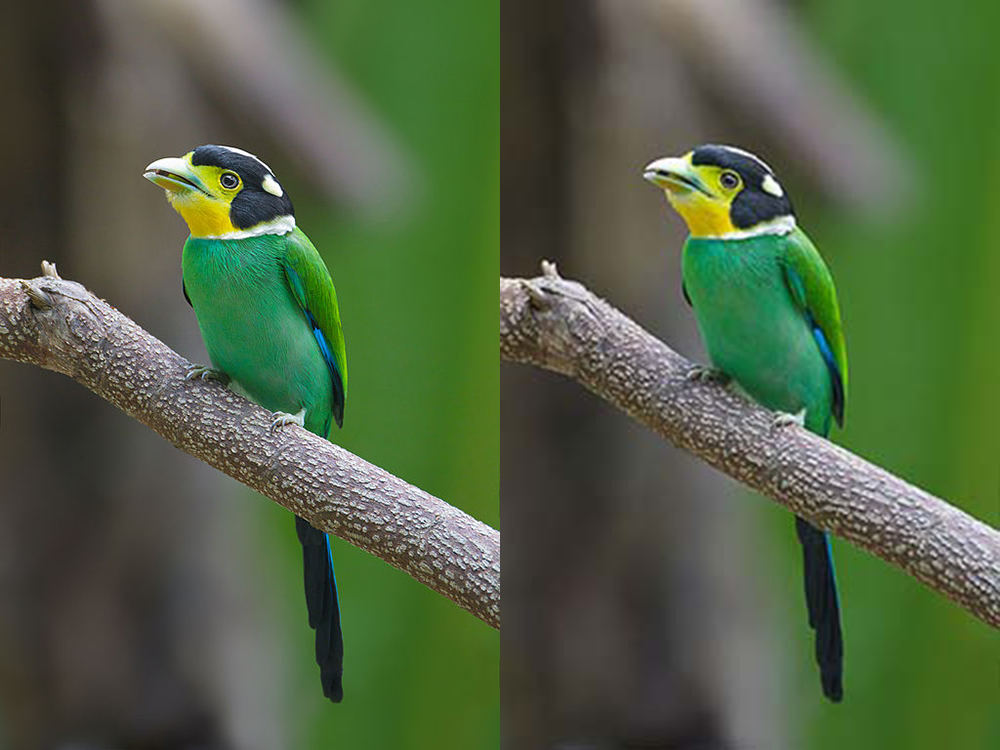Compression
Image Compression
High quality images are great, but there is a problem. As the resolution of modern cameras increases, so does the file size!
A modern camera can take pictures of a resolution of up to 20 megapixels (20 million pixels) but this means that the image size will be massive!
20,000,000 pixels times by 24 bits per pixel = 480,000 bits = 60 Megabytes per image.
This would mean that if you wanted to save your photos to a CD you could only save about 13 photos to each CD!!! Argh!!!
This is rubbish. What we need is a way of making image files smaller – compression.
Lossless Compression ( 30 – 50 % file size reduction)
The first form of compression is called lossless compression. Lossless compress makes images smaller than their original size, without losing any of the details.
TIFF is an example of a lossless file compression type.
Lossy Compression (70-95% file size reduction)
The second form of compression is known as lossy compression. These forms of compression use complex algorithms to reduce the file size in photos, whilst minimising the noticeable reduction in file quality.
